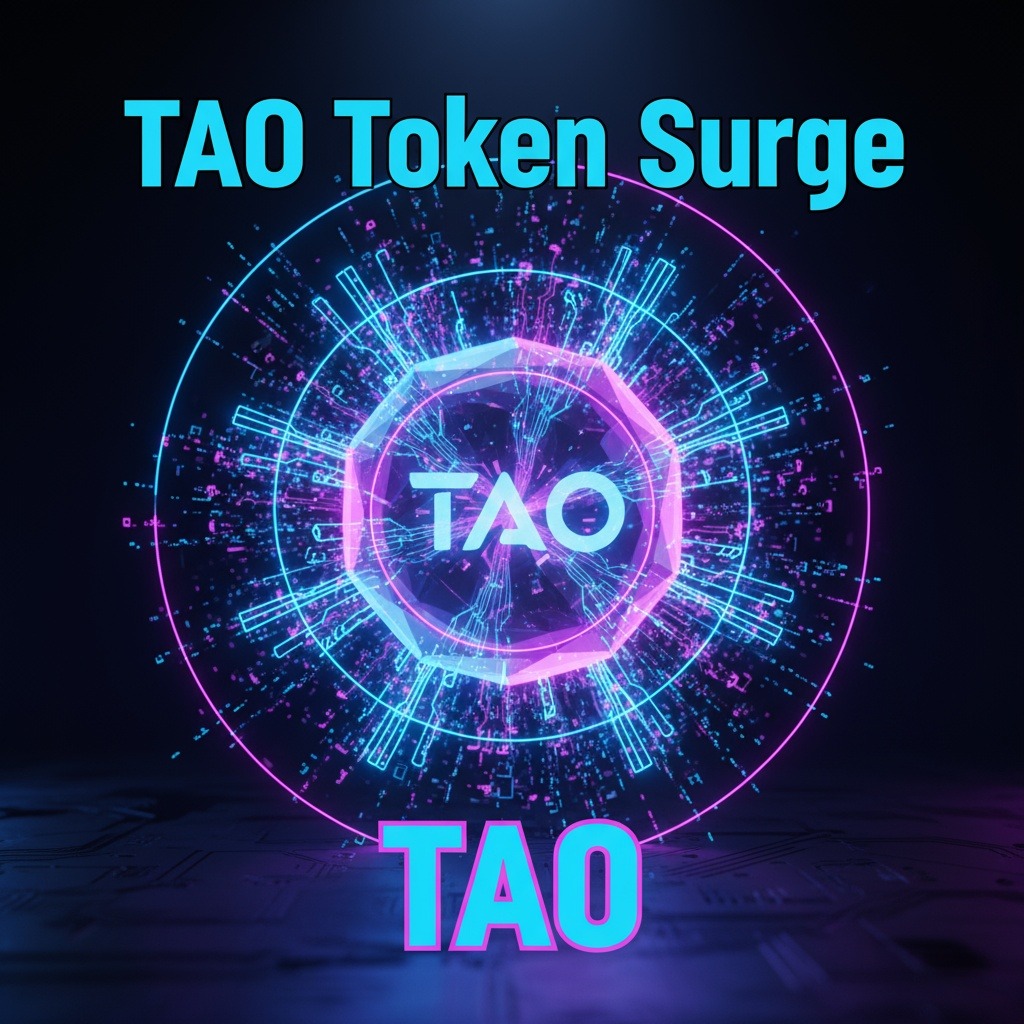The decentralized artificial intelligence network Bittensor is gearing up for its inaugural halving event scheduled for December 10, sparking notable gains in its native TAO token. In the lead-up to the halving, TAO has markedly outperformed much of the broader altcoin market, reflecting growing investor interest.
TAO’s tokenomics are inspired by Bitcoin’s, with halving events occurring approximately every four years—subject to mining dynamics—that reduce block rewards and influence supply. This mechanism is designed to tighten token circulation over time, a fundamental feature that has historically fueled upward price momentum following Bitcoin halvings. However, with Bitcoin’s 2024 halving cycle breaking traditional patterns by reaching new all-time highs prior to the halving, market watchers are closely observing how TAO’s first halving will impact price action.
Over the past month, TAO has climbed roughly 50%, establishing itself as the second best-performing altcoin among the top 100 by market capitalization. The token also demonstrated resilience after a liquidation-driven dip in early October. Only Zcash surpassed TAO’s growth in the same period, rallying by about 400%.
Impact on the Bittensor Ecosystem
Sami Kassab, managing partner at Unsupervised Capital, a Bittensor-focused investment firm, recently shared his analysis on the upcoming halving. He noted parallels to Bitcoin’s initial halving, where market sentiment was divided between skepticism and optimism regarding the protocol’s adaptive incentives.
Unlike Bitcoin, Bittensor’s model incorporates “subnets”—independent subnetworks that earn TAO allocations based on their contributions to the overall network. While the halving will reduce total TAO issuance, thereby limiting circulating supply, it will also restrict liquidity inflows to these subnets. Kassab highlighted that this unique liquidity dynamic may increase price volatility at the subnet level, with the potential for significant impacts on their token valuations depending on net capital flows.
“We anticipate subnet token flows turning positive soon,” Kassab commented, emphasizing that reduced liquidity combined with elevated volatility post-halving could serve as a tailwind for subnet performance.
Subnet Growth and Institutional Interest
Currently, Bittensor’s subnets represent a substantial portion of the network’s value. Collectively, subnets hold a market capitalization of approximately $1.28 billion, constituting over 30% of TAO’s overall $4.26 billion valuation, according to data from TaoStats. Notable leading subnets include Subnet 64 (Chutes) and Subnet 62 (Ridges).
Since August, the total valuation of subnet tokens has nearly doubled, fueled by the continuous addition of new subnets within the ecosystem. One prominent subnet and accelerator, Yuma, led by Barry Silbert, founder and CEO of Digital Currency Group, notably supports 14 different subnets and accounts for around $71 million in subnet market cap.
Greg Schvey, COO of Yuma Asset Management, remarked on the growing institutional recognition of Bittensor’s evolving role in AI infrastructure. He explained that Yuma’s strategy focuses on channeling capital into the network via traditional financial products, thereby lowering technical barriers and broadening investor participation.
As the December 10 halving approaches, all eyes remain on how Bittensor’s decentralized AI network and its TAO token will navigate this pivotal event, which reshapes supply dynamics and could influence the platform’s growth trajectory in the increasingly competitive crypto and AI landscape.



